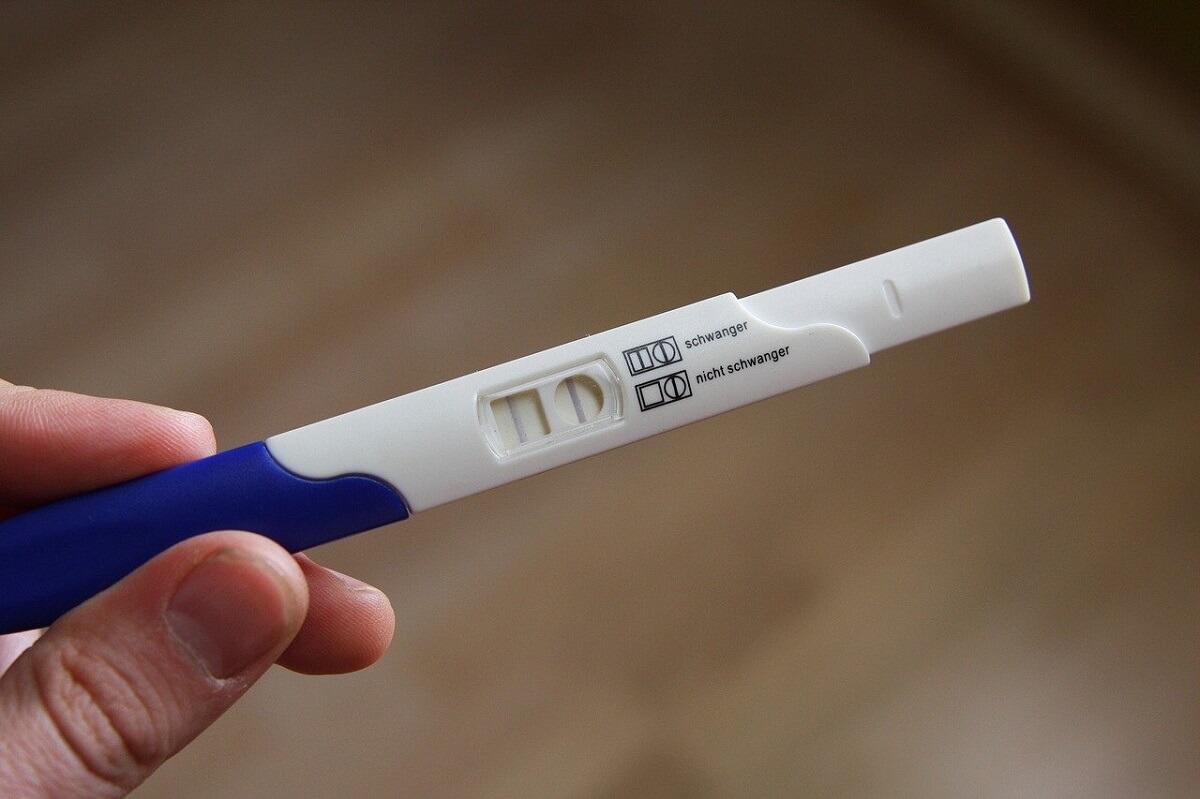Paternity identification tests are a standard method of testing to determine the biological kinship between two individuals through DNA using just a simple saliva sample. Paternity testing is highly convenient, confidential, quick, and reliable. It is even possible to know if two individuals are father and child. This article guides the readers through the working domain and the accuracy of the tests.
What Is Paternity Testing?
Paternity tests determine the genetic maps that belong to two individuals who undergo the testing analysis. The testing compares the suspected father’s genetic map with the child, which determines their biological kinship.
During the paternity tests, samples are taken from both individuals. A saliva sample is taken using a simple cotton Q-tip swab that must be sent to a laboratory to extract the DNA.
The biological samples of the father and the child are needed. However, the biological sample is not taken from the mother.
Methods Of Testing
DNA Paternity tests involve a collection of a DNA sample from the potential father and the child. The most common practice is collecting a blood sample or through a swab from the inside of the cheek. However, there are two distinct DNA methods of paternity testing –
- RFLP/ Restriction Fragment Length Polymorphism
RFLP or Restriction Fragment Length Polymorphism is a standard testing method that takes advantage of distinctive DNA patterns in specific regions across an individual’s genome. In this method, a family of proteins known as ‘restriction enzymes’ can identify and lacerate the DNA at particular sites producing fragments of variable sizes.
- PCR/ Polymerase Chain Reaction
PCR or Polymerase Chain Reaction is a method where an individual’s DNA fragments are copied billions of times in a chain reaction allowing large amounts of DNA to be created from a small part of the template. PCR is the standard gold test for paternity and is deemed to be more accurate than RFLP. The PCR-based testing requires only a tiny DNA sample over the RFLP method.
DNA Sampling For The Testing Prior Birth
The paternity test is highly challenging if it has to be carried before birth- This is known as prenatal paternity testing. There are three primary ways to collect a DNA sample from an unborn child- NIPP or Non-Invasive Prenatal Paternity Test, Amniocentesis Test, CVS, or Chorionic Villus Sampling Testing.
- The CVS method collects the DNA sample through chorionic villi on the placenta in the uterus. This CVS test is usually between 10 to13 weeks of pregnancy.
- The NIPP method is the most accurate prenatal paternity test. It is based on the analysis of free-floating DNA from the fetus.
- Amniocentesis collects the DNA using the amniotic fluid that surrounds the fetus. This test is conducted between 14 to 20 weeks of pregnancy.
Conclusion
Paternity Testing determines the biological kinship between two individuals. The kinship between two members of the family is determined through a saliva or blood comparison. It is essential when the father precedes rights and duties as an issue and a child’s paternity is in doubt.
Reference Links:




